Measures h 33 (with base) h 28.5 (sculpture only) x 25 x 7 cm
The ancient bust, in stone of the seventeenth Century, despite a man of the ancient Rome, probably an emperor.
This is a portrait inspired by Roman examples. For the Romans, the center of interest in the portrait was the head rather than the body, which was often idealized. The preference therefore for the bust was a typical Roman cultural trait because, with its, it could be obtained a better individual identification.
The man wears a robe called “toga”, the official attire of the high offices of the Roman Empire, like the senator, the consul to the political magistrate and the rich in general. The toga was mandatory for the emperor. Generally it was made of wool, in a unique piece of semicircle fabric, and it was worn at first creating a bunch of folds that had to be resting on the left shoulder; it was then passed around the body and re-painted on the right shoulder. Being wide and heavy, the toga gave an imposing look to those who wore it and well represented the importance of Rome, dominating the ancient world.
The bust is a fine example of seventeenth-century decorative sculpture. From the beginning of the Renaissance the effigies of the roman emperors were taken up as examples of earthly power, of civil commitment and of devotion to politics and to the good of all.
The sculpture rests on a base in green marble Alps, considered refined and elegant.
object accompanied by a certificate of authenticity


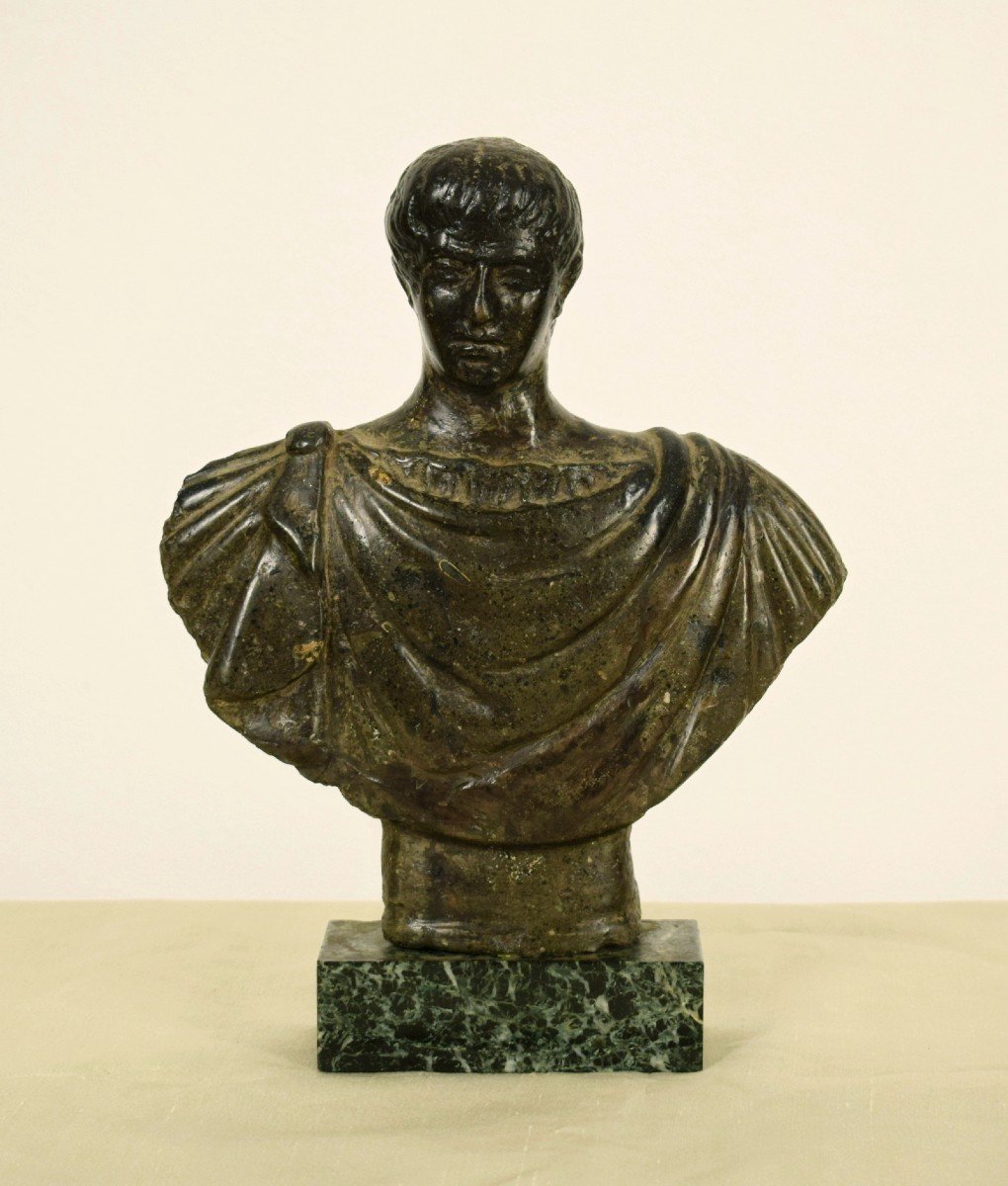
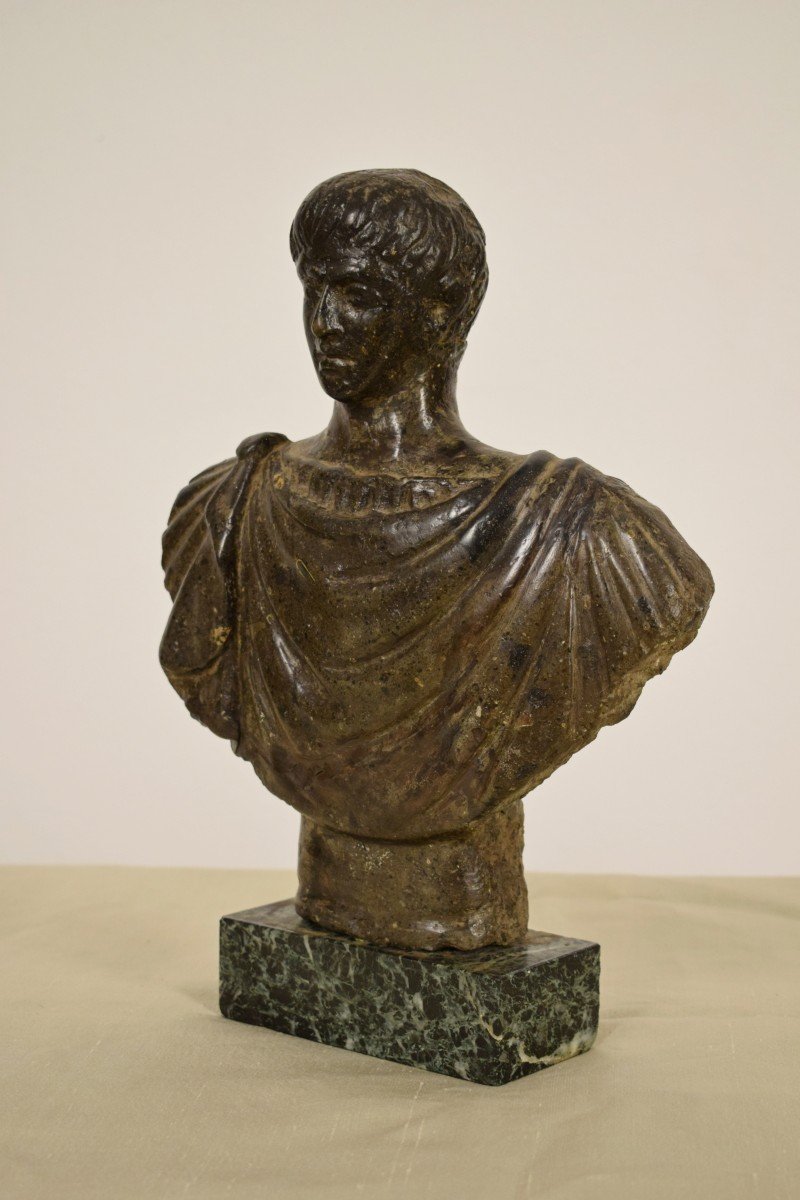
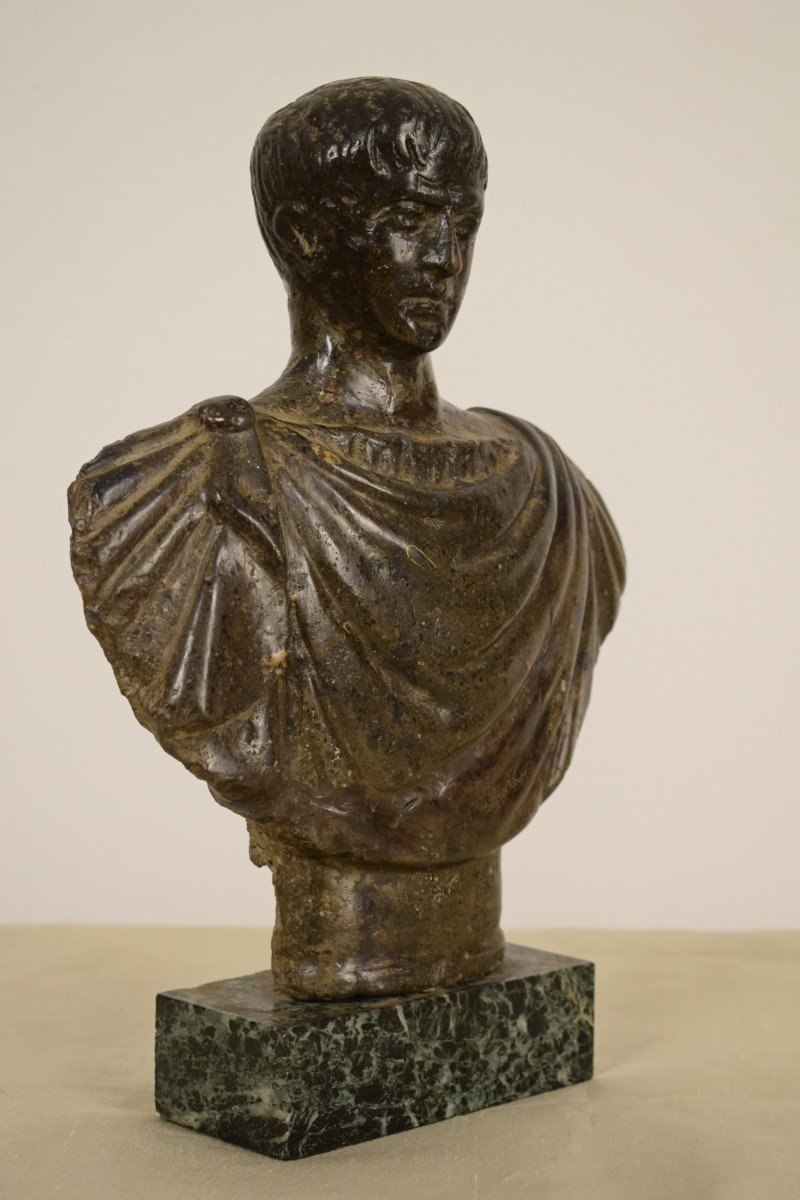




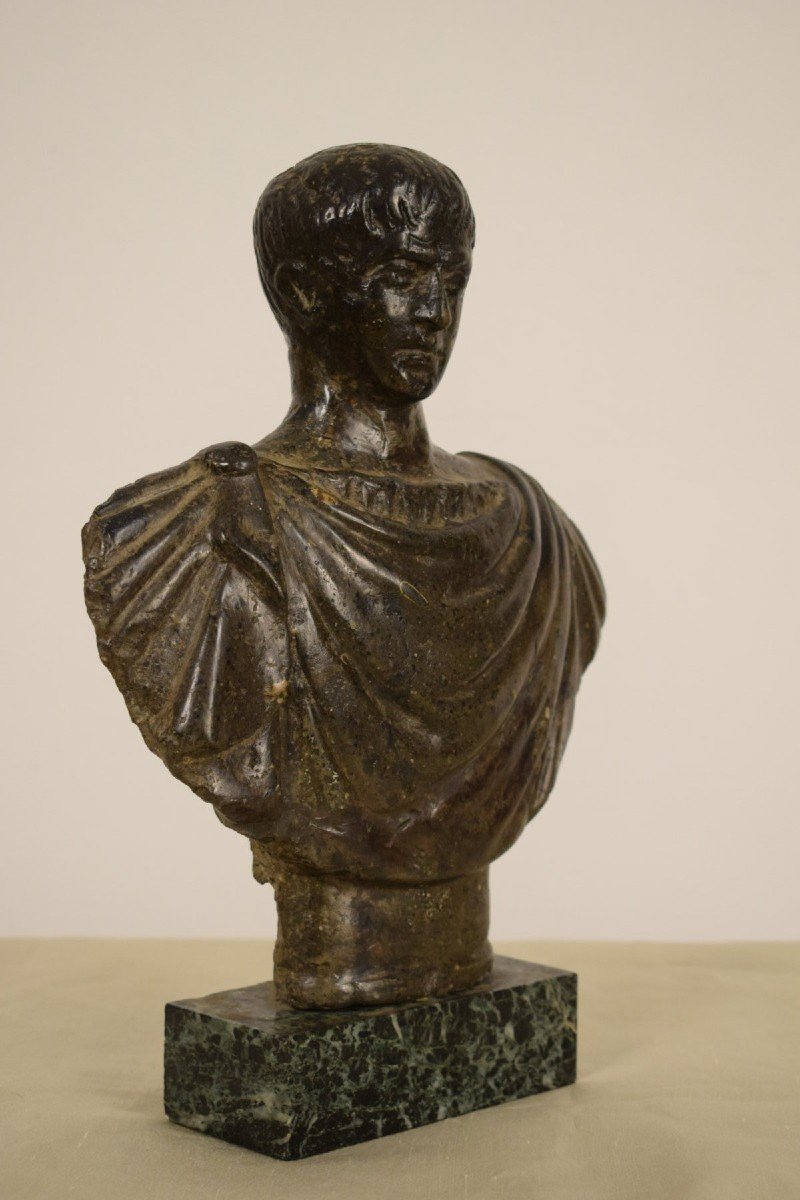
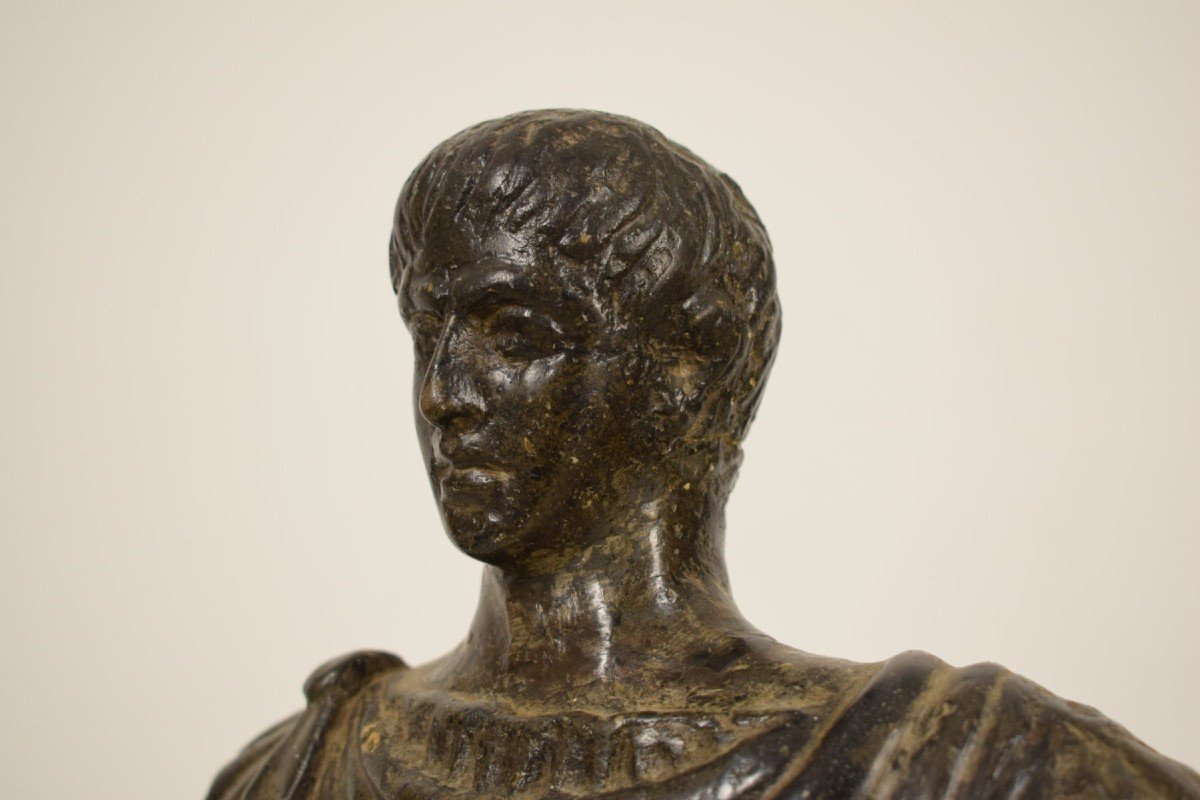
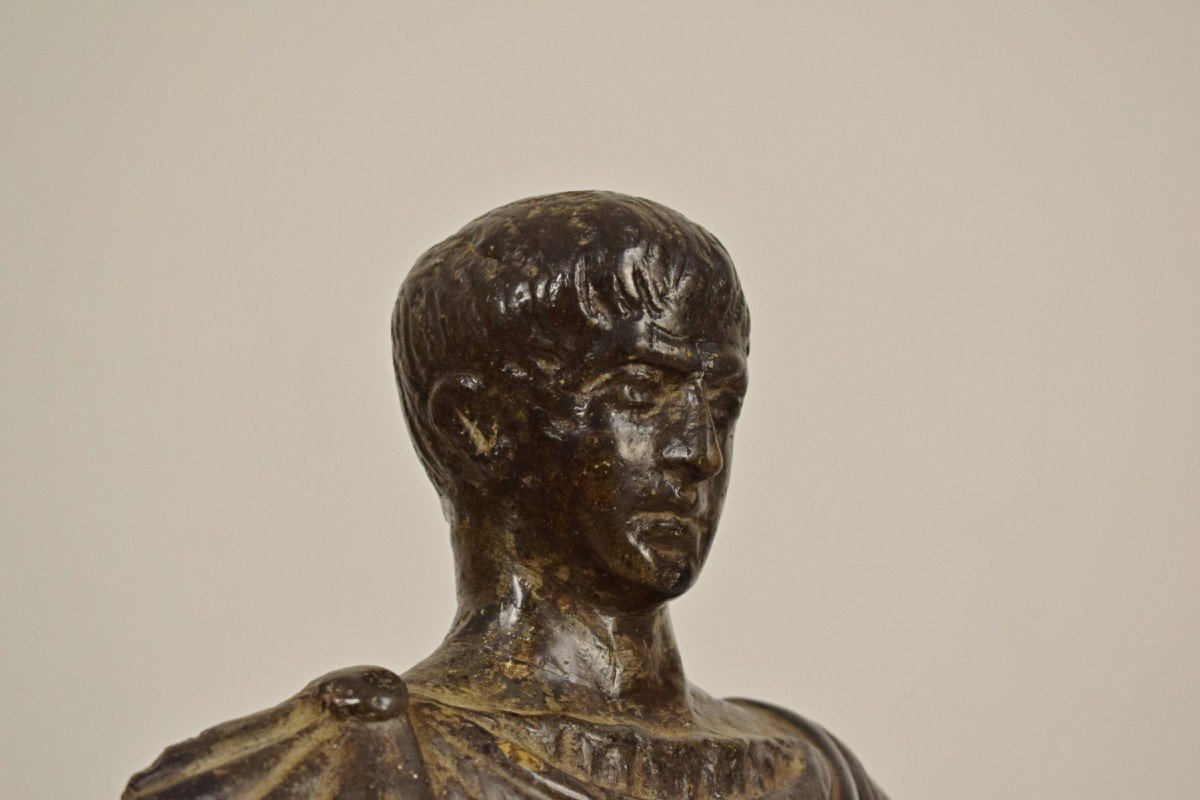




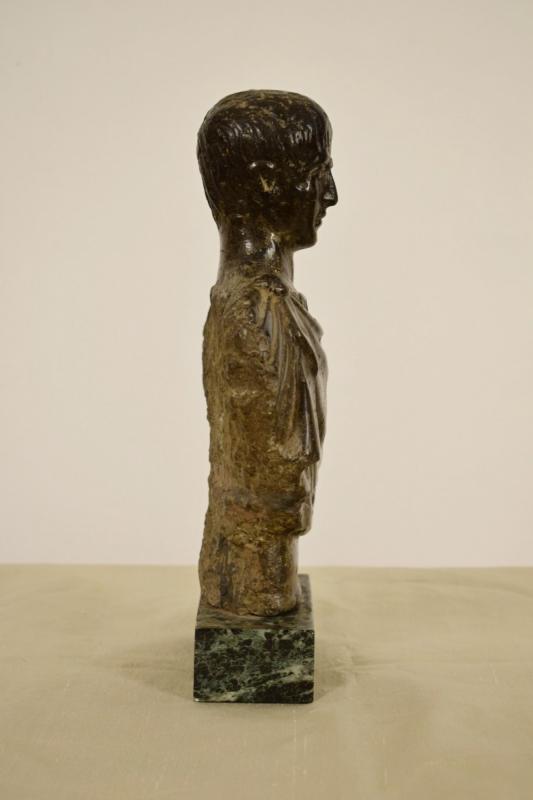
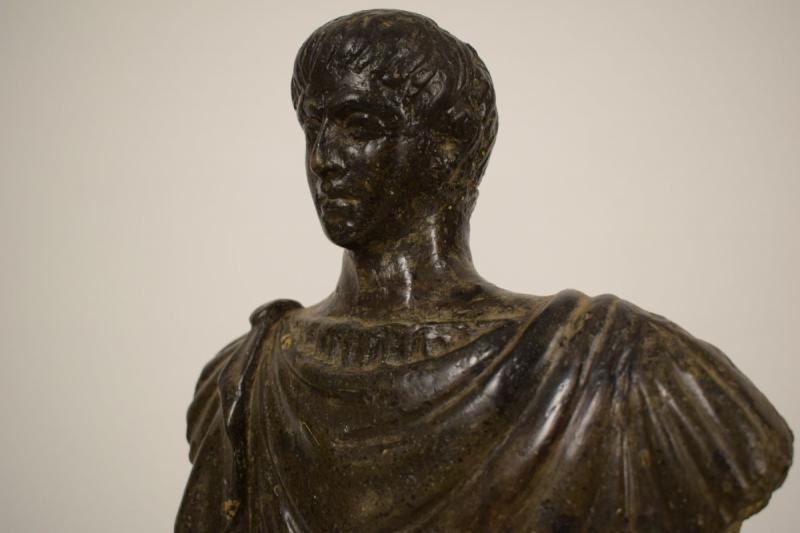





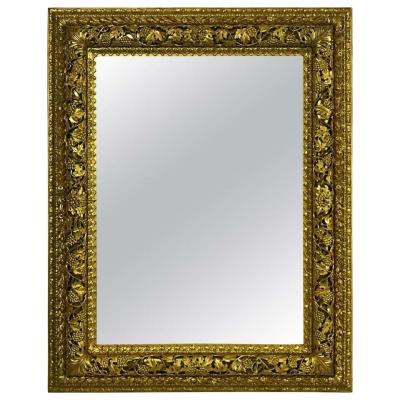
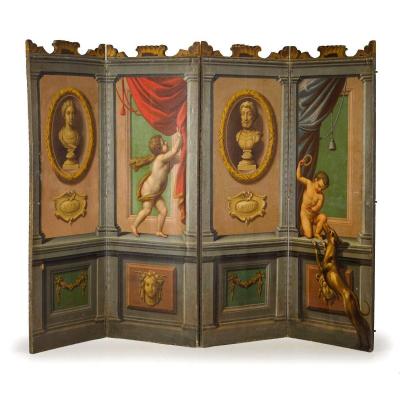



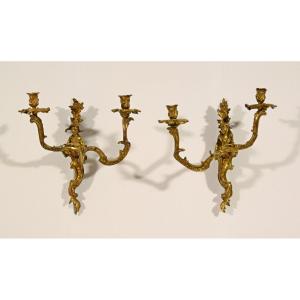
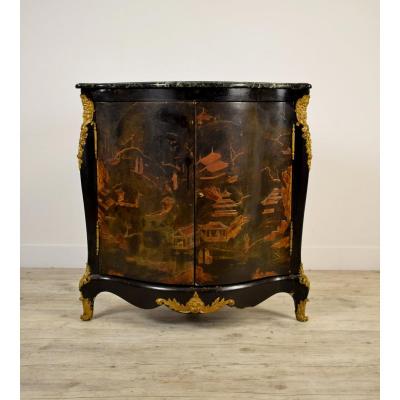
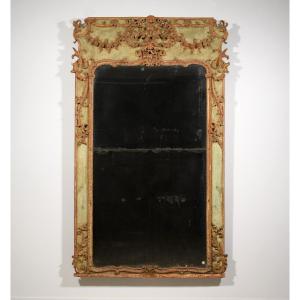

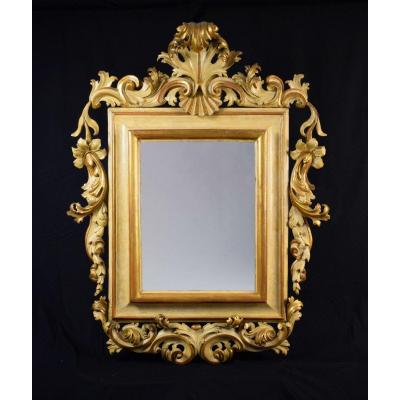
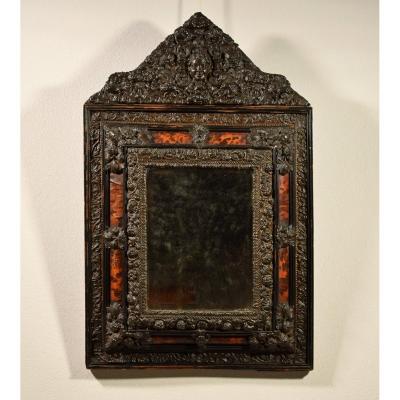

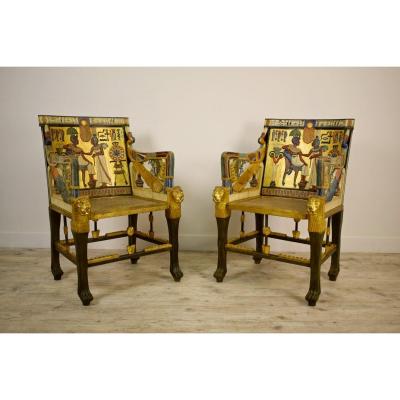
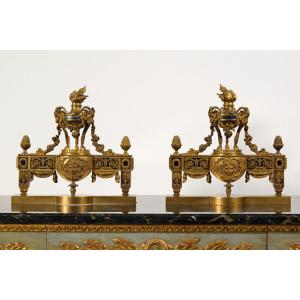


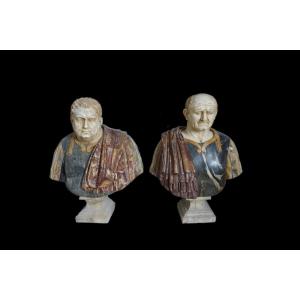

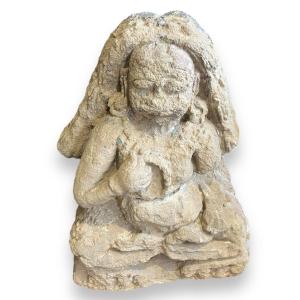
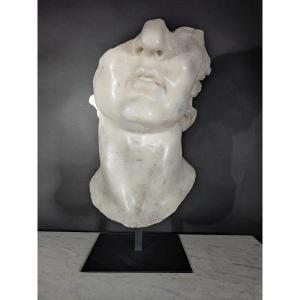



 Le Magazine de PROANTIC
Le Magazine de PROANTIC TRÉSORS Magazine
TRÉSORS Magazine Rivista Artiquariato
Rivista Artiquariato